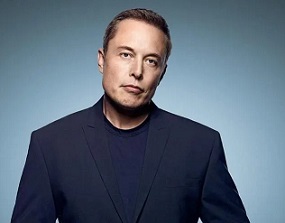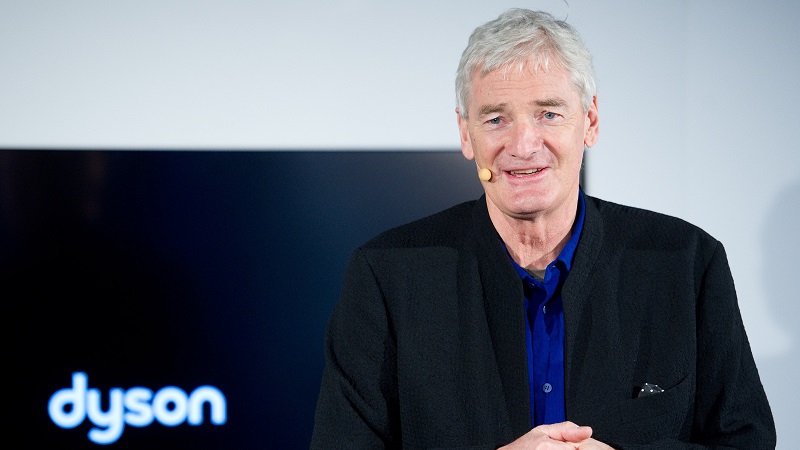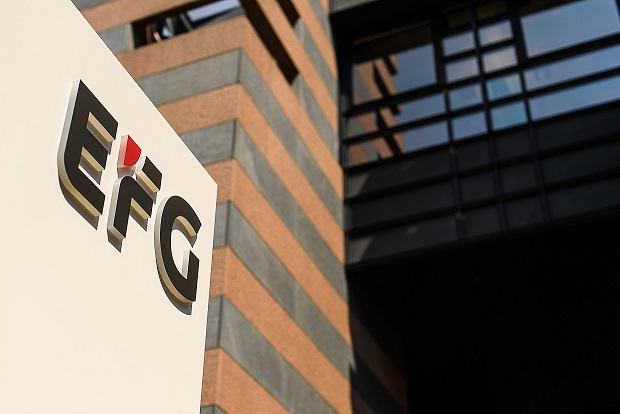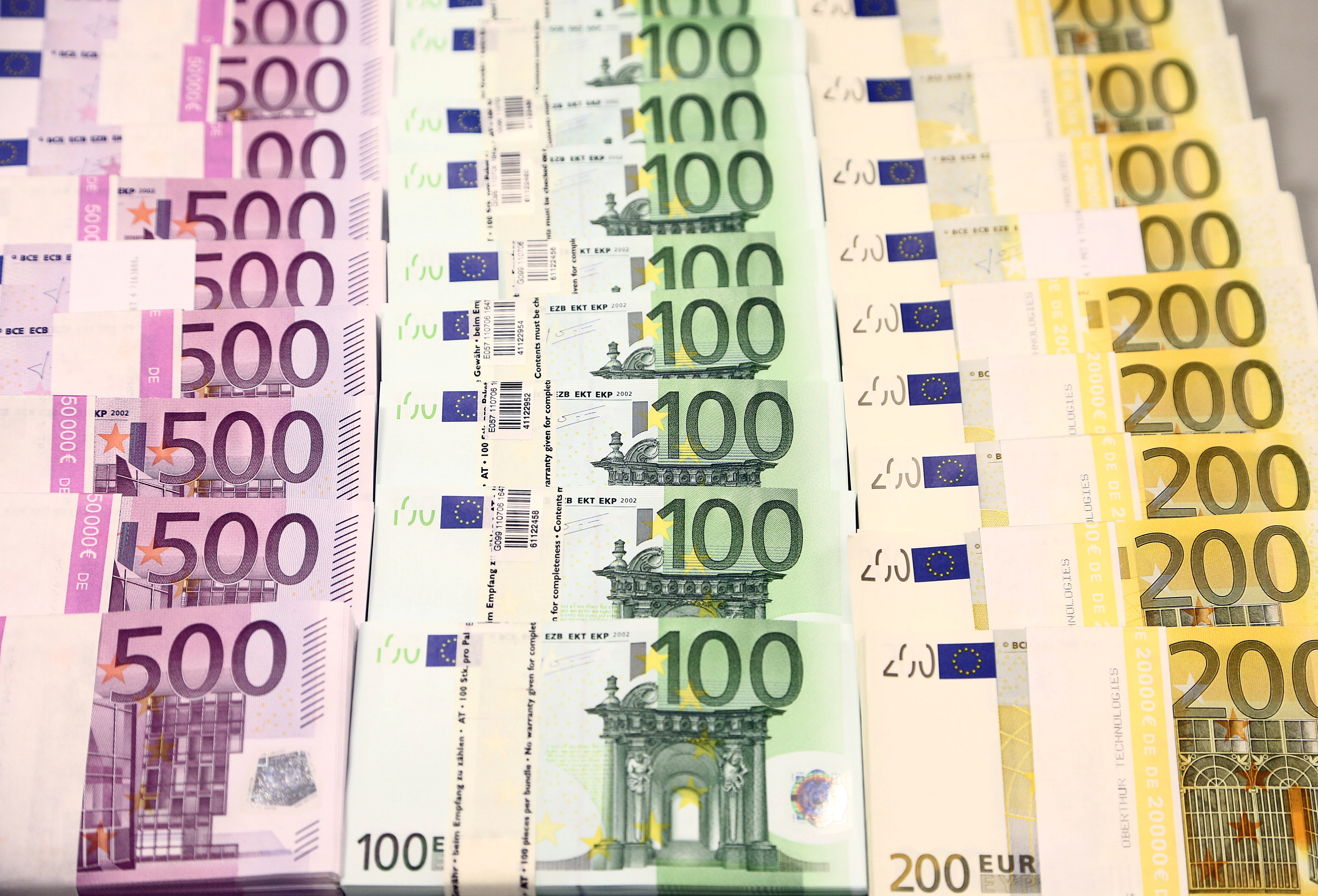As we approach the end of 2023, it is time to look back at the performance of the world’s leading companies and see which ones have emerged as the winners in their respective sectors. In this article, we will rank the top 10 companies by their market capitalisation, which is the total value of all the shares of a company in the stock market. We will also analyse the factors that contributed to their success and the challenges they may face in the future.
1. Apple
Apple is the undisputed leader in the technology sector, with a market cap of $2.776 trillion as of November 3, 2023. The company has continued to dominate the smartphone market with its iPhone line, which accounted for 54.7% of its revenue in the fourth quarter of 2023. Apple has also expanded its services segment, which includes Apple Music, Apple TV+, Apple Arcade, iCloud, and Apple Pay, among others. The services segment generated $22.3 billion in revenue in the fourth quarter of 2023, up 25% year-over-year. Apple has also invested heavily in research and development, spending $23.4 billion in 2023, up 14% from 2022. The company is reportedly working on new products such as augmented reality glasses, electric vehicles, and health devices.
Apple’s main strengths are its loyal customer base, its innovative products, and its ecosystem of hardware, software, and services. However, the company also faces some challenges, such as increasing competition from rivals such as Samsung, Huawei, and Xiaomi, regulatory scrutiny over its App Store practices, and supply chain disruptions due to the global chip shortage.
2. Microsoft
Microsoft is the second-largest technology company in the world, with a market cap of $2.588 trillion as of November 3, 2023. The company has diversified its revenue streams across three segments: productivity and business processes, intelligent cloud, and personal computing. The productivity and business processes segment includes products such as Office 365, LinkedIn, Dynamics, and Skype. The intelligent cloud segment includes products such as Azure, Windows Server, SQL Server, and GitHub. The personal computing segment includes products such as Windows, Xbox, Surface, and Bing. In the first quarter of 2023, Microsoft reported revenue of $51.9 billion, up 19% year-over-year, and net income of $18.6 billion, up 32% year-over-year.
Microsoft’s main strengths are its diversified portfolio, its strong presence in the cloud computing market, and its ability to leverage its existing products to create new ones. However, the company also faces some challenges, such as increasing competition from rivals such as Amazon, Google, and Oracle, legal battles over its acquisition of Nuance Communications, and cybersecurity threats to its customers and users.
3. Saudi Aramco
Saudi Aramco is the world’s largest oil and gas company, with a market cap of $2.138 trillion as of November 3, 2023. The company is owned by the Saudi Arabian government and is responsible for the exploration, production, refining, distribution, and marketing of crude oil, natural gas, and petroleum products. In the third quarter of 2023, Saudi Aramco reported revenue of $75.9 billion, up 48% year-over-year, and net income of $21.7 billion, up 68% year-over-year. The company attributed its strong performance to the recovery of the global oil demand and prices, as well as its operational efficiency and resilience.
Saudi Aramco’s main strengths are its vast reserves, its low production costs, and its strategic partnerships with other countries and companies. However, the company also faces some challenges, such as the volatility of the oil market, the pressure to reduce its carbon footprint, and the geopolitical risks in the Middle East.
4. Alphabet (Google)
Alphabet is the parent company of Google and other subsidiaries, such as YouTube, Waymo, Verily, and DeepMind. The company has a market cap of $1.601 trillion as of November 3, 2023. The company’s main source of revenue is its advertising business, which includes products such as Google Search, Google Ads, YouTube Ads, and Google Network. The company also generates revenue from its other segments, such as Google Cloud, Google Play, Google Hardware, and Other Bets. In the third quarter of 2023, Alphabet reported revenue of $65.1 billion, up 23% year-over-year, and net income of $18.9 billion, up 28% year-over-year.
Alphabet’s main strengths are its dominance in the online advertising market, its innovation in artificial intelligence and machine learning, and its diversification into new areas such as cloud computing, self-driving cars, and healthcare. However, the company also faces some challenges, such as increasing competition from rivals such as Facebook, Amazon, and TikTok, regulatory scrutiny over its market power and data privacy practices, and antitrust lawsuits from various governments and agencies.
5. Amazon
Amazon is the world’s largest e-commerce company, with a market cap of $1.426 trillion as of November 3, 2023. The company operates in three segments: North America, International, and Amazon Web Services (AWS). The North America and International segments include products and services such as online retail, Prime membership, digital content, and physical stores. The AWS segment includes products and services such as cloud computing, database, analytics, and artificial intelligence. In the third quarter of 2023, Amazon reported revenue of $113.1 billion, up 15% year-over-year, and net income of $6.3 billion, up 8% year-over-year.
Amazon’s main strengths are its customer-centric culture, its scale and efficiency, and its leadership in the cloud computing market. However, the company also faces some challenges, such as increasing competition from rivals such as Walmart, Alibaba, and Shopify, regulatory scrutiny over its labor practices and market dominance, and the transition of its founder and CEO Jeff Bezos to the executive chair role.
6. Nvidia
Nvidia is the world’s leading manufacturer of graphics processing units (GPUs), with a market cap of $1.074 trillion as of November 3, 2023. The company operates in two segments: gaming and data center. The gaming segment includes products and services such as GeForce GPUs, GeForce NOW cloud gaming service, and Shield devices. The data center segment includes products and services such as Tesla GPUs, Nvidia DGX systems, and Nvidia AI platforms. In the third quarter of 2023, Nvidia reported revenue of $7.1 billion, up 50% year-over-year, and net income of $2.4 billion, up 63% year-over-year.
Nvidia’s main strengths are its technological innovation, its strong position in the gaming and data center markets, and its expansion into new domains such as automotive, healthcare, and robotics. However, the company also faces some challenges, such as increasing competition from rivals such as AMD, Intel, and Qualcomm, regulatory hurdles over its proposed acquisition of Arm, and supply chain constraints due to the global chip shortage.
7. Meta Platforms
Meta Platforms, formerly known as Facebook, is the world’s largest social media company, with a market cap of $798.89 billion as of November 3, 2023. The company operates in four segments: Facebook, Instagram, WhatsApp, and Messenger. The company also owns other products and services such as Oculus, Portal, Workplace, and Novi. In the third quarter of 2023, Meta Platforms reported revenue of $29.1 billion, up 17% year-over-year, and net income of $9.2 billion, up 20% year-over-year.
Meta Platforms’ main strengths are its massive user base, its diversified revenue streams, and its vision to create a metaverse, which is a virtual environment where people can interact with each other and digital content. However, the company also faces some challenges, such as declining user engagement, increasing competition from rivals such as TikTok, Snapchat, and Twitter, regulatory scrutiny over its content moderation and data privacy practices, and reputational damage from various scandals and controversies.
8. Berkshire Hathaway
Berkshire Hathaway is a diversified holding company, with a market cap of $761.65 billion as of November 3, 2023. The company owns and operates various businesses in sectors such as insurance, railroads, utilities, manufacturing, retail, and services. The company also invests in various public and private companies, such as Apple, Bank of America, Coca-Cola, and Kraft Heinz. In the third quarter of 2023, Berkshire Hathaway reported revenue of $69.1 billion, up 18% year-over-year, and net income of $12.8 billion, up 23% year-over-year.
Berkshire Hathaway’s main strengths are its financial strength, its diversified portfolio, and its legendary leadership by Warren Buffett and Charlie Munger. However, the company also faces some challenges, such as the succession plan for its top executives, the valuation of its investments, and the impact of the COVID-19 pandemic on some of its businesses.
9. Tesla
Tesla is the world’s leading electric vehicle (EV) company, with a market cap of $694.62 billion as of November 3, 2023. The company produces and sells various models of EVs, such as Model S, Model 3, Model X, Model Y, Cybertruck, and Roadster. The company also offers products and services related to energy generation and storage, such as solar panels, solar roofs, Powerwall, and Megapack. In the third quarter of 2023, Tesla reported revenue of $13.8 billion, up 57% year-over-year, and net income of $1.6 billion, up 69% year-over-year.
Tesla’s main strengths are its visionary founder and CEO Elon Musk, its innovation in battery technology and software, and its loyal and passionate fan base. However, the company also faces some challenges, such as increasing competition from rivals such as Volkswagen, Toyota, and General Motors, regulatory uncertainty over its autonomous driving features, and quality and safety issues with some of its products.
10. Eli Lilly
Eli Lilly is the world’s leading pharmaceutical company, with a market cap of $550.87 billion as of November 3, 2023. The company develops and sells drugs for various therapeutic areas, such as diabetes, oncology, immunology, neuroscience, and pain. Some of its best-selling products include Trulicity, Humalog, Alimta, Taltz, and Emgality. The company also has a strong pipeline of new drugs, such as tirzepatide, donanemab, and LY-CoV555. In the third quarter of 2023, Eli Lilly reported revenue of $7.4 billion, up 16% year-over-year, and net income of $2.1 billion, up 22% year-over-year.
Eli Lilly’s main strengths are its research and development capabilities, its patent protection and exclusivity, and its social responsibility and philanthropy. However, the company also faces some challenges, such as the expiration of some of its patents, the competition from generic and biosimilar drugs, and the regulatory and legal risks associated with its products.
Conclusion
These are the top 10 companies by 2023, based on their market capitalisation. They represent the leaders in their respective sectors, and have shown remarkable growth and resilience in the face of the COVID-19 pandemic and other uncertainties. However, they also face various challenges and opportunities in the future, and will need to adapt and innovate to maintain their competitive edge and create value for their shareholders, customers, and society.







